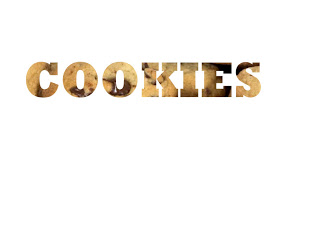|
Using Clipping Masks to Combine Images and Line Drawings |
|
|---|---|
| Screenshot | |
| The Clipping Mask feature in Illustrator is essential to combine raster images with vector-graphic linework. It is the primary way to crop images in Illustrator to a non-rectangular boundary. This tutorial will introduce the basic concepts in order to use clipping masks effectively, and then run through a series of progressively complex examples. | |
| Uses Tool(s) | Illustrator CS5 , [[Tool:Part_745887|]] |
Steps
The Basics of Clipping Masks
To create a clipping mask, select the object you would like to mask (this may be an image, vector graphic, gradient fill, or almost any other type of object), and the path that defines what is clipped. The draw order matters--the object in the background that was drawn first will be clipped by the object that was drawn second in the foreground. After selecting the two objects, right click and select "Make clipping mask," or go to Object --> Clipping Mask --> Make. The resulting object is in a special group called a "clipping set." To see the outline of the original objects (some of which have now been masked), press Control+Y.
Interacting with the Elements of a Clipping Set
To interact with a clipping mask, treat it like any other curve. By default appears with no stroke and no fill. The clipping path or any of the clipped elements can be selected by using the Direct Selection Tool (A, or the white arrow). Any operation that applies to paths also applies to the clipping path.
Double clicking on the clipping set, or right clicking on the clipping set and selecting "Isolate Selected Clipping Mask," turns Illustrator into "Group Mode." Here, the clipping set is isolated such that only the clipped elements can be edited. New objects can be created to be clipped while working in this mode.
Identifying and Removing Clipping Masks
To remove a clipping mask, simply right click the clipping set and select "Release Clipping Mask," or, if multiple clipping sets are selected, go to Object --> Clipping Mask --> Release. Releasing a clipping set does not delete the clipping mask path (it remains as a path with no stroke or fill). Use Control+Y to see the invisible outline, which may be nested with other clipping sets in the Layers Palette. It is important to remove these paths, especially in complicated files, as they may show up unexpectedly in PDFs. To do this, go to the Layers Palette and look through the dropdown list of objects for groups that contain paths named "Clipping Path." To release a clipping mask from the Layers Palette, select the group with a clipping path and select "Release Clipping Mask" from the submenu.
Create a Clipping Mask with a Custom Shape
To create a clipping mask in a custom shape, use the Pen Tool (P) and click to make several points until you have formed a closed path in the shape that you want. Then, select path and the image to be clipped, making sure that the path is in front of the image and aligned correctly. Create the clipping mask.
(Release Drawing in sample file courtesy of Hannes Frykholm.)
Create a Clipping Mask with Multiple Objects
Clipping masks can be applied to more than one image or object at a time. Move the images to be clipped into the correct position, select both of them, and then select the outline of the path for the clipping mask. Here, draw order is extremely important for the clipping mask to work--make sure that the path is above both of the images. Create the clipping mask. Using clipping masks in this way allows you to manipulate rasterized patterns to produce poche' fills that can make a drawing much more richly textured than typical hatch patterns.
(Drawing in sample file courtesy of Hannes Frykholm.)
